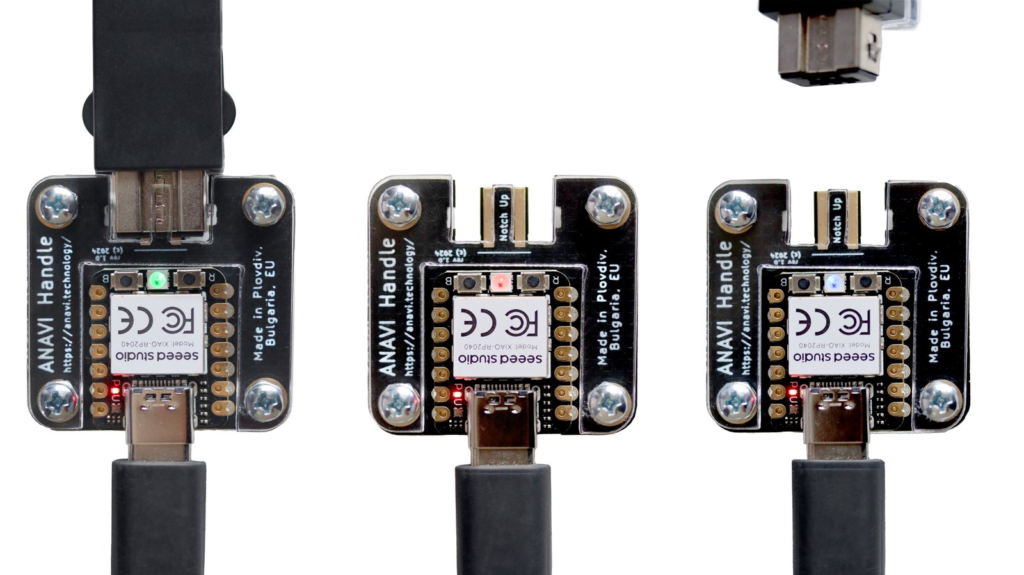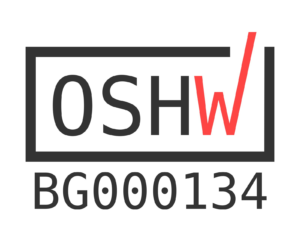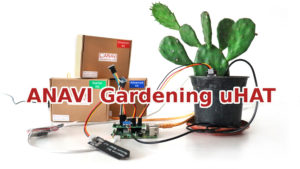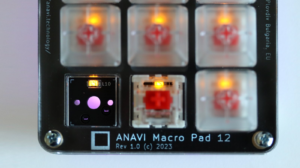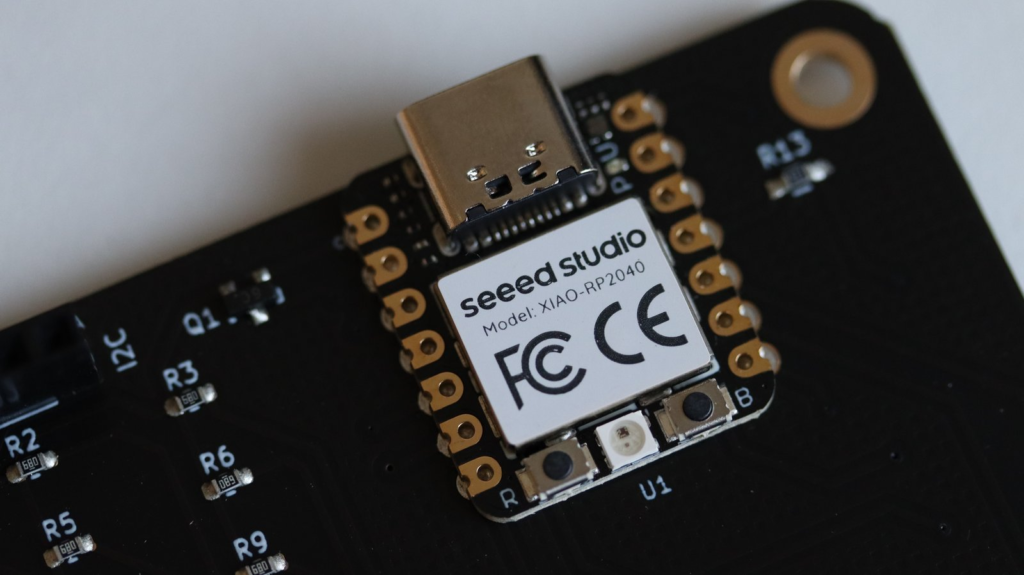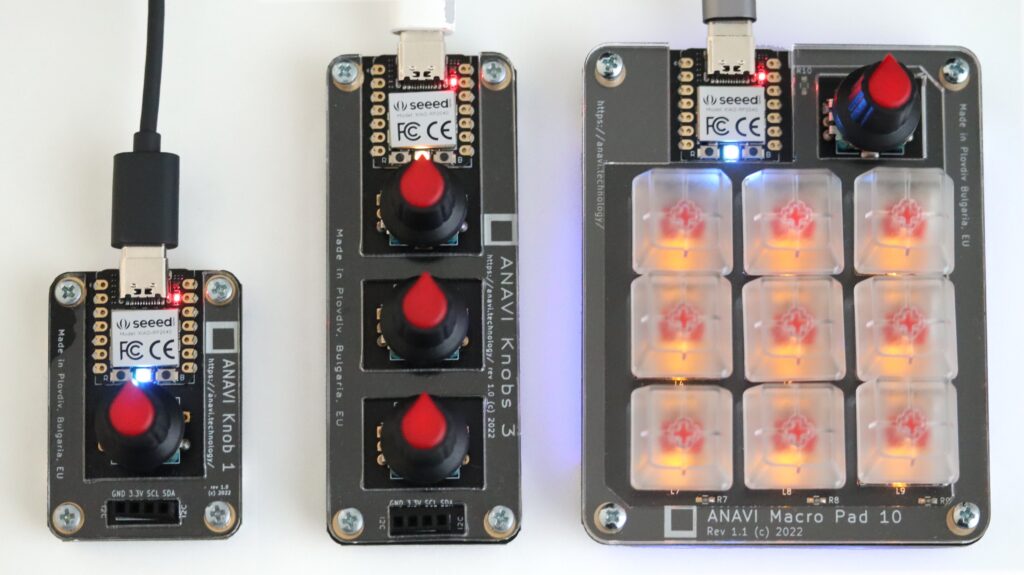The Open Source Hardware Association (OSHWA) officially certified our new gadget ANAVI Handle in April. ANAVI Handle is a small USB-C adapter with XIAO RP2040 that allows you to use Wii Nunchuk-compatible controllers as USB HID peripherals on your personal computer. You can configure ANAVI Handle to adapt the controller as a joystick, keyboard or a mouse.

OSHWA, a prominent U.S.-based non-profit, manages the Certified Projects Directory and annually hosts the prestigious Open Hardware Summit. Their certification program ensures that a project’s interpretation of “open source hardware” aligns with the community’s standards, promoting transparency and accessibility.

Each certified hardware version is identified by a unique identification number (UID) that includes a country code and a numerical sequence. On April 19th, ANAVI Handle version 1.0 was certified with the UID BG000134. This UID, displayed through the OSHW Certification Mark, simplifies navigation and information access for interested parties. The “BG” prefix indicates that the ANAVI Handle is from Plovdiv, Bulgaria, a city renowned as Bulgaria’s second-largest and Europe’s oldest continuously inhabited city, with over 6000 years of history.
Our projects, including the ANAVI Handle, are distinguished by our unwavering commitment to complete openness. Every aspect of our design and functionality is made accessible to all, reflecting the true spirit of the open-source community. From the KiCad-designed printed circuit board to the highly-configurable firmware powered by CircuitPython, we exclusively use free and open-source software.
We launched ANAVI Handle on the market through a successful crowdfunding campaign at Crowd Supply. Place your order now to be among the first to experience the ultimate open-source USB adapter for your Nunchuk controller!







